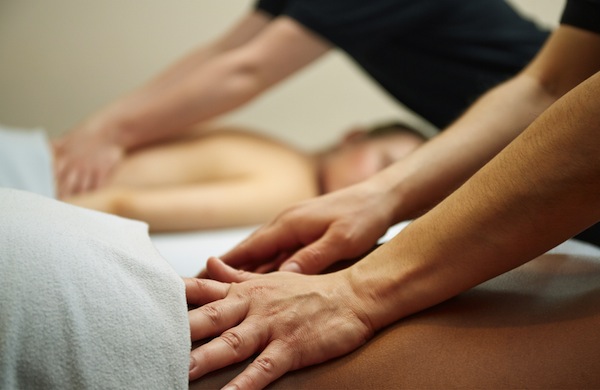GROUPON GUIDE TO CLEVELAND
How Effleurage Preps You for a Relaxing, Productive Massage
BY: Groupon Editors |Feb 23, 2016
BY:
Deals in Cleveland

Relax & Renew: Swedish, Hot Stone & Therapeutic Massages
20545 Center Ridge Road, Rocky River • 8.3 mi
50% discount_off
Serenispa Massage & Wellness

Experience ultimate relaxation with a 60-minute couples massage
20033 Detroit Road, Rocky River • 7.8 mi
36% discount_off
Soothe Massage and Wellness

Trending
Reclaim Your Calm with 60 or 75-Minute Full-Body Massage and Aromatherapy Delight at Her Gifted Hands (Up to 29% Off)
6505 Rockside Road, Independence • 7.7 mi
30% discount_off
Her Gifted Hands
Deals in Cleveland Other Deals in Cleveland

Trending
81% Off Online Massage Certification from New Skills Academy
81% discount_off
New Skills Academy

Expand skills with massage courses in acupressure, Shiatsu, and more
85% discount_off
Oleanders School OF Vocational Studies

Trending
Experience Relaxation with a 75-Minute Hot Stone or Swedish Massage
23366 Commerce Park Drive, Suite 206, Beachwood • 9.8 mi
30% discount_off
Kneading AshD LLC
